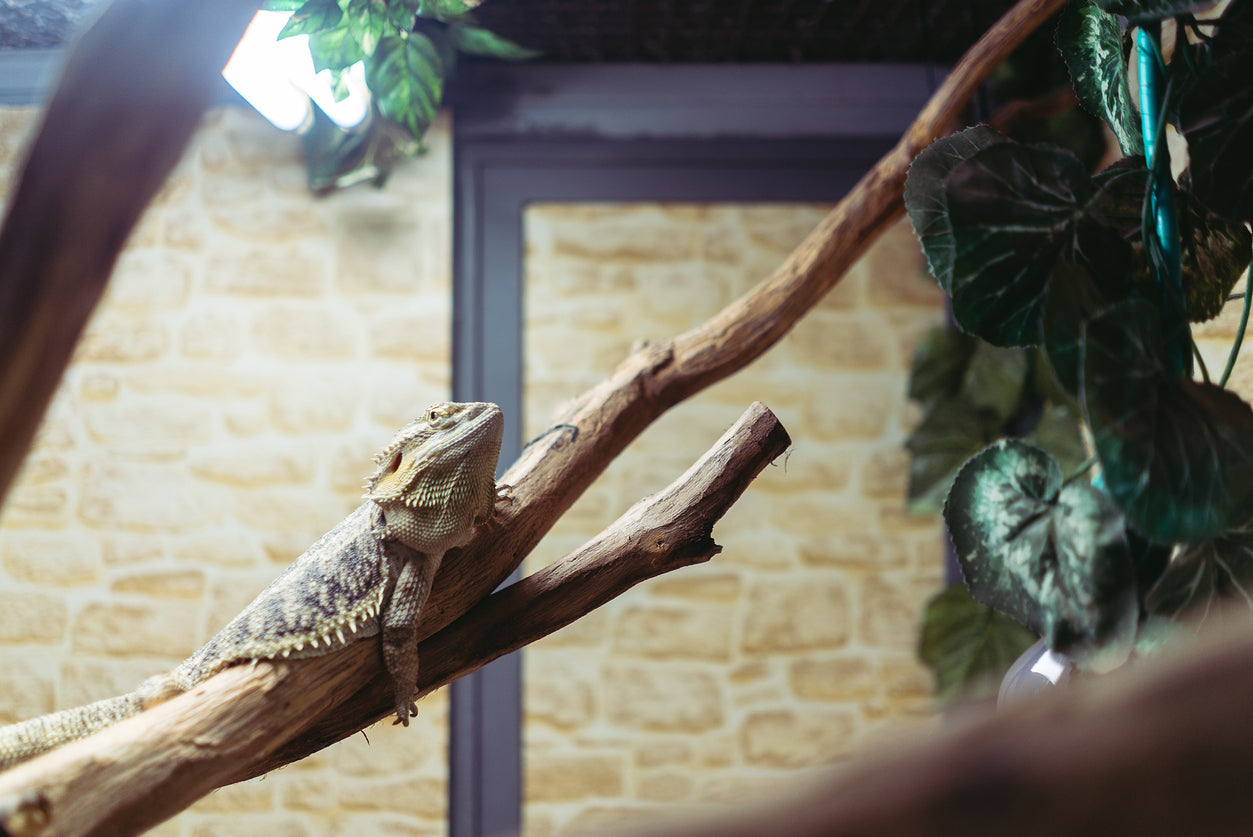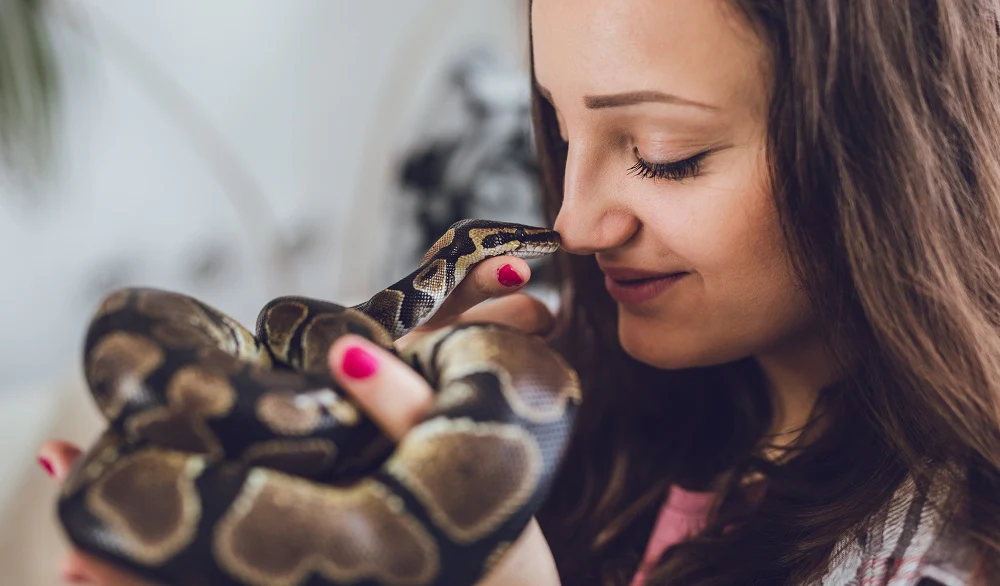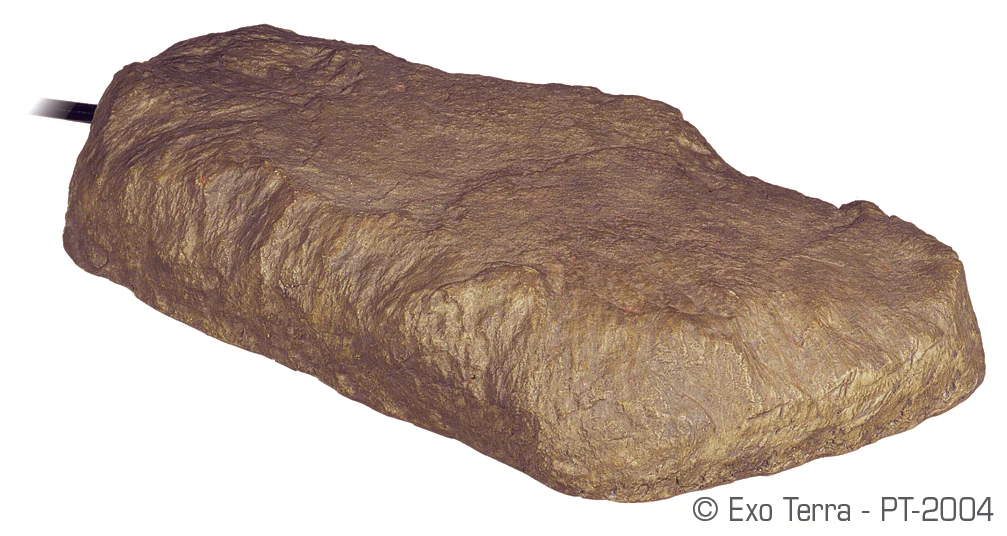What is UVB?
Sunlight is composed of many different wavelengths of light, or radiation. The three that we pay the most attention to are infrared (warmth), visible light, and ultraviolet. Infrared and ultraviolet are both invisible to the human eye.
If we take a closer look at ultraviolet, there are three different subdivisions of that, too: UVA, UVB, and UVC. UVA and UVB are found naturally on Earth, but UVC is filtered out by earth’s atmosphere. This is a good thing, because UVC is very damaging to DNA.
UVB has a wave length of 280-315nm, making it a high-energy form of ultraviolet that is blocked by materials like glass and plastic, and can damage cellular DNA with prolonged exposure, causing sunburn in humans. However, UVB is also essential to the process of vitamin D synthesis and metabolism in many animals, including humans and reptiles.
Why is UVB Important to Reptiles?
Although we humans think of UVB as “evil” solar radiation that causes skin cancer and premature aging, reptiles have scales which help protect them from the negative effects of UVB. Instead, UVB is entirely beneficial for them.
Benefits of UVB for reptiles include:
- Optimal levels of vitamin D
- Strengthened skin barrier
- Increased pigmentation
- Stronger immune response
- Disinfects the skin
- Healthy cell function
- More effective digestion
- Stronger bones
- Healthier nervous system
- More successful reproduction
- Increased endorphin (feel-good hormone) production
- Increased energy and natural behaviors
One of the biggest benefits of UVB exposure for reptiles is the production of vitamin D. Vitamin D plays an important role in a variety of bodily functions, making other benefits of UVB exposure possible. When a reptile is exposed to the right wavelength of UVB at the right strength at the same time as it is exposed to infrared (heat), its body starts converting cholesterol into vitamin D. However, this is a self-limiting process, and stops when the reptile’s body has enough vitamin D — even with continued exposure to heat and UVB.
In other words, regular access to appropriate amounts of UVB light enables reptiles to maintain perfect levels of vitamin D in their bodies. This is important because attempting to substitute UVB lighting in your reptile’s environment with dietary vitamin D3 is an imprecise method that can easily under-dose or over-dose, causing deficiency or toxicity.
Believe it or not, the way that vitamin D affects reptiles is actually very similar to the way it affects humans. When a reptile doesn’t get enough vitamin D, it can suffer from ill effects such as:
- Lethargy
- Softened/brittle bones
- Weakened immune system
- Increased susceptibility to illnesses like respiratory infections
- Reduced nervous and muscular function
- Reduced digestive function
- Lower reproductive success rate
- Metabolic Bone Disease (MBD)
- Premature death
When a reptile has consumed excess amounts of vitamin D, it can suffer from ill effects such as:
- Lethargy
- Excessive thirst
- Regurgitation
- Neurological dysfunction
- Kidney damage
- Calcification of soft tissues
- Premature death
Do Nocturnal Reptiles Need UVB?
There is a common myth that nocturnal reptiles don’t need UVB because they’re primarily active at night, which must mean that they aren’t naturally exposed to UVB in the wild. This myth is supported by the fact that most nocturnal reptile species are able to survive in captivity with just dietary vitamin D supplementation rather than UVB.
Unfortunately, surviving is not the same as thriving. An animal can be free of visible illness, reproducing, and eating regularly without actually enjoying optimum health and wellbeing, and that is what happens when reptiles get enough vitamin D to survive, but not enough to enjoy the full range of benefits.
In studies that examine the effects of UVB on blood serum D3 in reptiles, there is almost always an increase in blood serum D3 even when the reptiles in the study are receiving dietary vitamin D3 supplementation. Considering that vitamin D synthesis only occurs when a reptile’s body needs more vitamin D, these studies’ results indicate that supplementation is often not enough to meet reptiles’ actual needs.
The truth is that nocturnal reptiles are exposed to UVB during the day. They often sleep in places where they are at least partially exposed to sunlight, and it’s not unusual to see a “nocturnal” reptile out and about for short periods during the day. They also don’t do the same thing every day. It’s normal for a nocturnal reptile to sleep in a burrow or in deep shade one day, then sleep out in the open or in partial shade on another day. Our job as reptile keepers is to design their enclosures in such a way that gives reptiles the freedom to choose what to do based on what they need.
How to Provide UVB for Your Reptile
There are two ways you can provide UVB for your pet reptile: artificial UVB light bulbs, or sunlight.
Artificial Lighting
Technology for creating reptile-appropriate UVB lamps gets better every year. The current top performing brands of UVB bulb available in the US are Zoo Med, Arcadia, and Mega Ray. However, there are also several different types of UVB bulb, and they each have different benefits and drawbacks:
- T8 fluorescent bulbs are an old technology with a gentle UVB output and a short range. These bulbs are best suited to small enclosures and/or reptiles with low UVB needs.
- T5 HO fluorescent bulbs are newer technology with a strong UVB output and a longer range than T8s. This means they can be used more effectively in larger enclosures.
- Compact coil fluorescent bulbs have an extremely limited range and are best for use in very small enclosures. For best results, mount them horizontally, not vertically.
- Mercury vapor bulbs are a good idea in concept, since they produce both heat and UVB. However, in practice they make it difficult to control temperature and UVB as independent variables, which can create more problems than it solves. Don’t use one of these bulbs without a Solarmeter 6.5 in hand.
Fluorescent UVB bulbs should always be mounted in a reflective (mirror polish) light fixture, or else you’ll end up wasting up to 50% of the UVB. Furthermore, if you mount the UVB lamps over mesh, the mesh will block up to 40% of the bulb’s output.
Different reptiles need different amounts of UVB in their enclosure. You can control the amount of UVB that you provide for your reptile with the strength of the bulb or by changing the distance between the basking area and UVB bulb. Zoo Med and Arcadia have helpful resources to help you determine how much UVB your specific pet needs.
Replace UVB bulbs every 6-12 months depending on the manufacturer’s recommendation, even if they don’t appear to have burned out. UVB bulbs can continue to produce visible light even when they have run out of UVB.
Sunlight
You can’t place your reptile’s enclosure in front of a window to harvest UVB from sunlight. UVB rays are blocked by glass, so the only thing you’ll be doing with this placement is creating a strong greenhouse effect in your reptile’s enclosure, potentially giving the animal heatstroke.
The only way you can use sunlight as a source of UVB for your reptile is by housing the animal in an outdoor enclosure. This is only appropriate if your local climate is compatible with your reptile’s habitat needs, and you get strong enough UVB in your area.
If your reptile is housed indoors, you can supplement (not replace) your reptile’s artificial UVB lighting by taking them outside on a sunny day. If they’re not stressed by going outside, you can take them outside when the weather is less than 90°F. Make sure that shade is available to your reptile, and don’t leave them out for more than 60 minutes or unsupervised. In most cases, 30 minutes is plenty for your reptile to get benefits.




Leave a comment
All comments are moderated before being published.
This site is protected by hCaptcha and the hCaptcha Privacy Policy and Terms of Service apply.